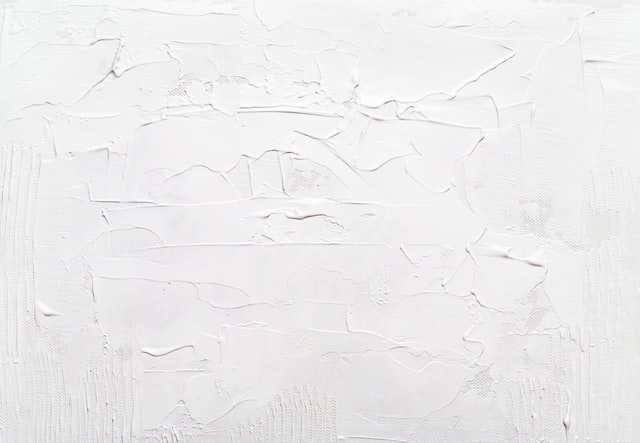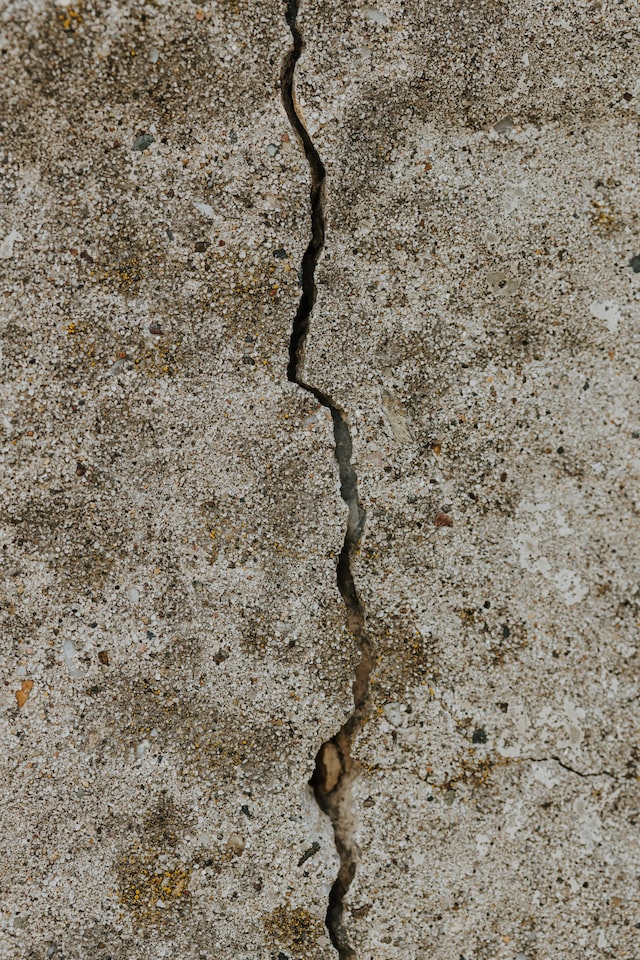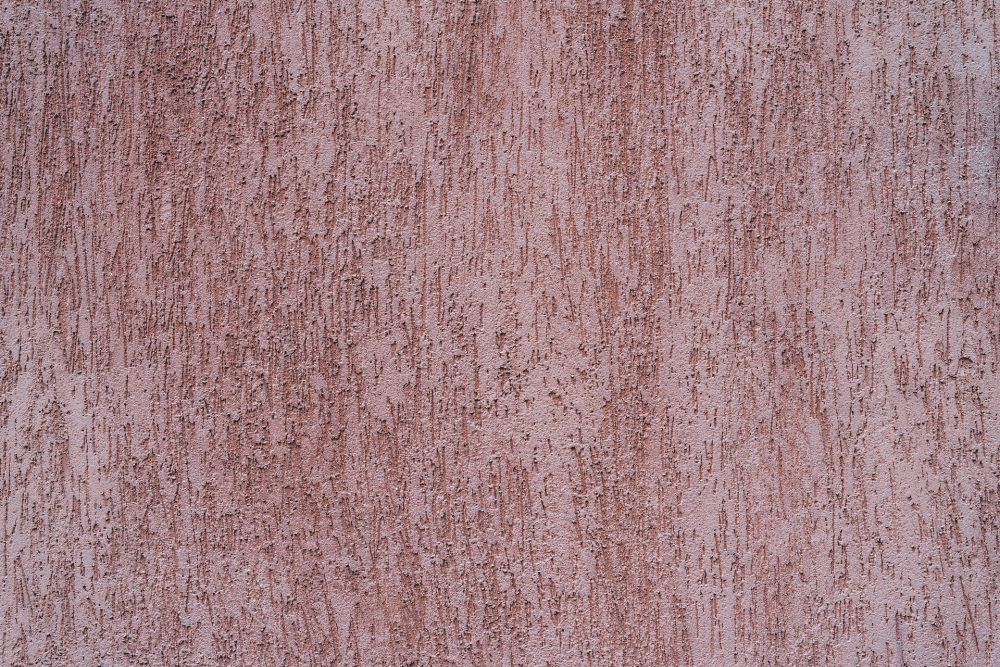When you need to repair cracks in plaster walls, there are several options. You can choose to apply self-adhering tape, or a product such as Durabond. Depending on the type of crack, you may need to apply an epoxy resin. If you have a hairline or diagonal crack, you can apply a waterproofing membrane to seal the crack. Likewise, if you have a water or mould problem, you can use a breathable barrier to keep moisture from entering the surface.
Diagonal cracks
Diagonal cracks in plaster walls can be a serious issue. They can indicate structural movement, subsidence or water ingress.
When these cracks are large, they may require an expert’s opinion. Cracks of more than 25 millimeters wide, for example, are cause for concern.
The initial shrinkage of plastered walls depends on the temperature, humidity and cement content. Depending on these factors, the length of the crack can vary. Small cracks can be repaired by patching plaster or repainting.
Diagonal cracks in plaster walls are commonly found around fireplaces, doorways and chimneys. These cracks are also found in newer homes.
Whenever a wall starts to crack, it is important to assess the severity. If the cracks are just hairline, there is no need to worry. However, if the cracks are deeper than five millimetres, they should be taken more seriously.
Hairline cracks
Hairline cracks in plaster walls are annoying. They can also be a sign of structural damage. These cracks are caused by aging paint, moisture, and a lack of adhesion. It is a good idea to repair these cracks before they become worse.
One of the best ways to fix hairline cracks in plaster walls is to use a wall mending agent. This method involves using a high quality acrylic bonding agent. Several concrete-product suppliers sell this material.
If the hairline crack is larger, you may need to fill it. This can be done with a setting-type compound such as Durabond. But you may need to remove large sections of plaster. A good contractor will be able to help you with this process.

Damp and mould
When fixing cracks in plaster walls, there are many things to consider. One of the most important is to ensure the wall does not allow moisture in. If it does, it will start to deteriorate. The best way to remedy this is to locate the source of the problem.
Damp and mould can be very harmful to your health, as well as your home. These two conditions are often caused by an uneven balance between heating and ventilation. However, there are ways to prevent the problem.
If you have a damp and mould problem, you should take steps to stop it before it gets worse. For example, you could install a ventilation system in your bathroom. You can also try using a bleach based spray to remove the mould.
Self-adhering tape
Self-adhering tape is a type of drywall tape that is applied directly to the wall surface, without the need to pre-embed. This tape is more durable and mold-resistant than paper tape.
Unlike the other types of drywall tape, this tape does not produce bubbles or blisters, and is highly flexible. It also has a long lifespan.
Before applying any kind of tape, it is recommended that you dampen the area with a water spray bottle. You should then apply the self-adhering tape to the crack and let it set for approximately ten minutes.
After a few minutes, remove any loose plaster with a putty knife. If the patch is too big, apply a thin layer of joint compound on top. Apply a second coat, feathering the edges into the rest of the wall. Then let the compound dry for 45 minutes to an hour.

Durabond
If you have a plaster wall with a crack, you may be wondering how to fix it. Luckily, there is a product that will do the trick. Known as Durabond, this fast drying, easy to apply, smooth finish product can be used for both interior and exterior walls. It is made from a chemical reaction that hardens the material.
Durabond can be used to seal large cracks in the walls of your home. It can also be used to fill holes in your exterior walls. However, there are several things to keep in mind before using this type of compound.
The first step is to make sure that you have a good bonding agent. You can buy these from a local paint store. A high quality product will ensure that your house is stable for years to come.
